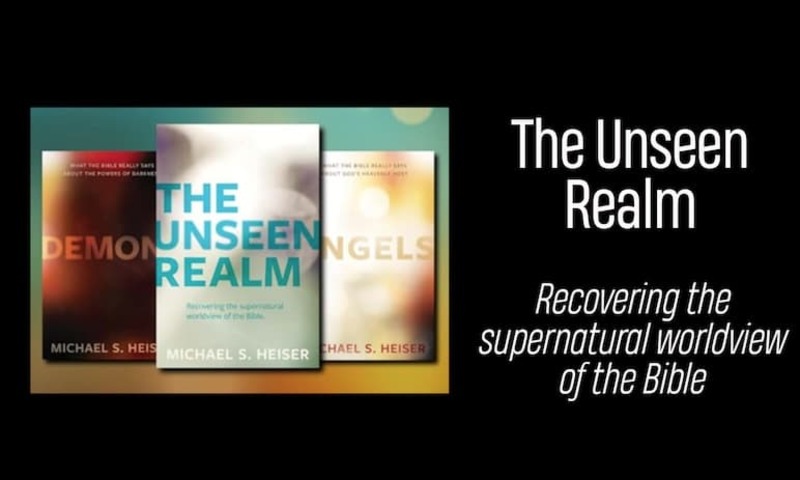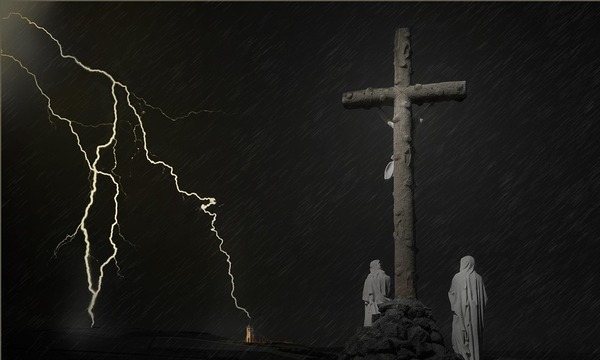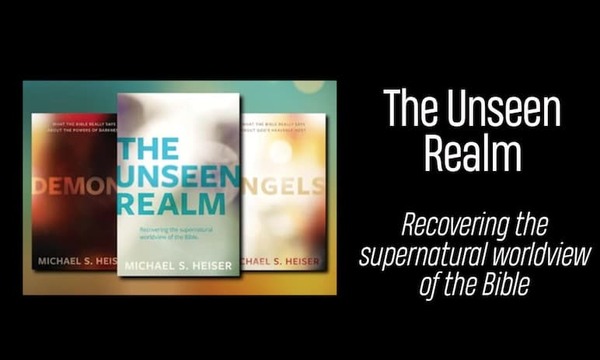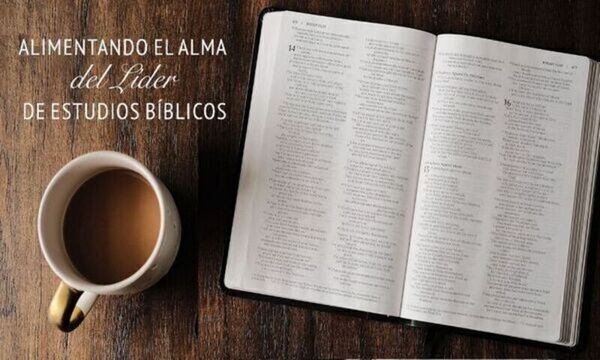In a previous post I introduced the Old Testament scholar Michael Heiser and the basic overview of his divine council worldview. In this post, I will examine the various biblical texts that Heiser appeals to as he constructed this worldview. An important text is Psalm 82, which begins with the statement that ŌĆ£God stands in the midst of the divine council, in the midst of the gods he judgesŌĆØ (Ps. 82:1).[1] Heiser says that it is this story that caused him to rethink his views on the spirit world. A fellow PhD student passed over his Hebrew Bible and asked him to read Psalm 82:1, and Heiser says that ŌĆ£the first verse hit me like a bolt of lightning.ŌĆØ[2] How could there be gods beside YHWH? While some have argued that these gods are human judges, Heiser argues that these are actual spirit beings. In this text, YHWH is judging these spirit beings for their injustice. Other Old Testament texts also show a divine council with such terms as the host of heaven surrounding YHWH (1 Kings 22:19) or the seraphs in a similar position (Isaiah 6).
Heiser uses this divine council to explain the plural reference in the creation of humans: ŌĆ£Let us make man in our image, according to our likenessŌĆØ (Gen. 1:26). Instead of a reference to the Trinity, Heiser argues that this plural reference is to the divine council. He is careful to note that this does not mean that the divine council created humanity: the following verse states YHWH created humans by himself. Heiser prefers the word ŌĆ£imagerŌĆØ to describe the image of God: we are created to image God on earth, to be his representatives on earth. The divine council plays a similar role in the spirit world: they image God, serve as his representatives in that realm as humans image him on the earth.[3]
According to Heiser, Deuteronomy 32:8 explains more about this divine council. Many English translations say that ŌĆ£When the Most High gave the nations their inheritance, when he divided all mankind, he set up boundaries for the peoples according to the number of the sons of IsraelŌĆØ (NIV). The ŌĆ£number of the sons of IsraelŌĆØ is obscure: which number would that be? Other English translations read that final phrase differently: ŌĆ£the number of the children of God.ŌĆØ This reading is supported by the Greek translation of the Old Testament and a Dead Sea Scroll and is most likely the correct reading. In this reading, YHWH is dividing the nations among a certain group of spirit beings, who become patron deities of these nations. Heiser connects this with the Tower of Babel and YHWHŌĆÖs judgment of the nations after that event. Hence, the foreign deities in the Old Testament that we read about have been appointed by YHWH over those foreign nations. This interpretation is supported by the references to the Prince of Greece and the Prince of Persia in Daniel 10:20.
The other major text for Heiser is the very weird story in Genesis 6:1-4 of the sons of God marrying daughters of men and producing the Nephilim. Heiser not only argues that these sons of God are spirit beings, but that this is a major early source of sin among humans that can explain a variety of biblical texts in helpful ways. As he says, ŌĆ£divine rebels ŌĆö supernatural intelligences ŌĆö are thus blamed for humanityŌĆÖs descent into self-destruction and idolatry.ŌĆØ[4] To support his reading of Genesis 6, he appeals not only to Second Temple JudaismŌĆÖs reading of the story, especially as it is found in 1 Enoch, but also in the account of the story in 2 Peter and Jude in connection with angels transgressing their boundaries. Further support for his reading of the sons of God as spirit beings is the apkallu tradition in Mesopotamia, who were cultural heroes that passed along knowledge to humans, resulting in significant growth in human culture. While the original apkallu were before the flood, the apkallu after the flood were hybrid human-apkallu. The original apkallu were also viewed positively, but the hybrid apkallu after the flood were viewed negatively because they helped human culture survive the flood. Clearly, these apkallu have many parallels with the sons of God in Genesis 6.[5]
Putting all this together, Heiser sees three major supernatural rebellions in the early chapters of Genesis. The first is the rebellion of the serpent in Genesis 3, though Heiser does not connect the serpent with the other Satan texts in the OT. The second is the rebellion of the sons of God in Genesis 6. The third rebellion is connected to the Tower of Babel, as the nations are judged by having evil spirit demons appointed to rule over them as described in Deuteronomy 32.
In the New Testament, Heiser identifies the first rebellion with the Satan texts in the New Testament. The second rebellion relates to the many references to demons in the New Testament. Following Second Temple Jewish tradition, Heiser identifies these demons as the condemned souls of the dead Nephilim from Genesis 6.[6] The third rebellion appears in a variety of texts, especially in PaulŌĆÖs letters, where evil spirit beings ŌĆö called such things as ŌĆ£rulersŌĆØ and ŌĆ£authoritiesŌĆØ ŌĆö have authority over particular areas.[7] The cosmic geography of the Old TestamentŌĆöin which the land of Israel was holy ground because it belonged to YHWH and the other land was given to the gods of the nations ŌĆö likewise is the background for the ministry of Jesus in which he himself is sacred ground ŌĆö the temple ŌĆö and creates the church ŌĆö also called the temple ŌĆö to go all throughout the world to return the world to YHWH. Interestingly, he does not advocate for performing demon exorcisms today: ŌĆ£the work of Christ was not about power encounters with demons.ŌĆØ[8] Likewise, he rejects the call for spiritual mapping, in which someone searches for which spirit being is in charge of each piece of land so that one can defeat them and reclaim that land.[9]
In the next post, I will discuss what other Old Testament scholars thought of his work and present my own view of it.
Notes
[1] Unless otherwise noted, all translations are mine.
[2] Michael S. Heiser, The Unseen Realm: Recovering the Supernatural Worldview of the Bible (Bellingham, WA: Lexham, 2015), 11.
[3] Heiser, The Unseen Realm, 38ŌĆō43.
[4] Michael S. Heiser, Demons: What the Bible Really Says about the Powers of Darkness (Bellingham, WA: Lexham Press, 2020), 136.
[5] Heiser, Demons, 109ŌĆō26.
[6] Heiser, Demons, 127ŌĆō44, 194ŌĆō212.
[7] Heiser, Demons, 213ŌĆō35.
[8] Heiser, Demons, 259.
[9] Heiser, Demons, 256ŌĆō62.
 Į±╚š║┌┴Ž
Į±╚š║┌┴Ž



.jpg)
